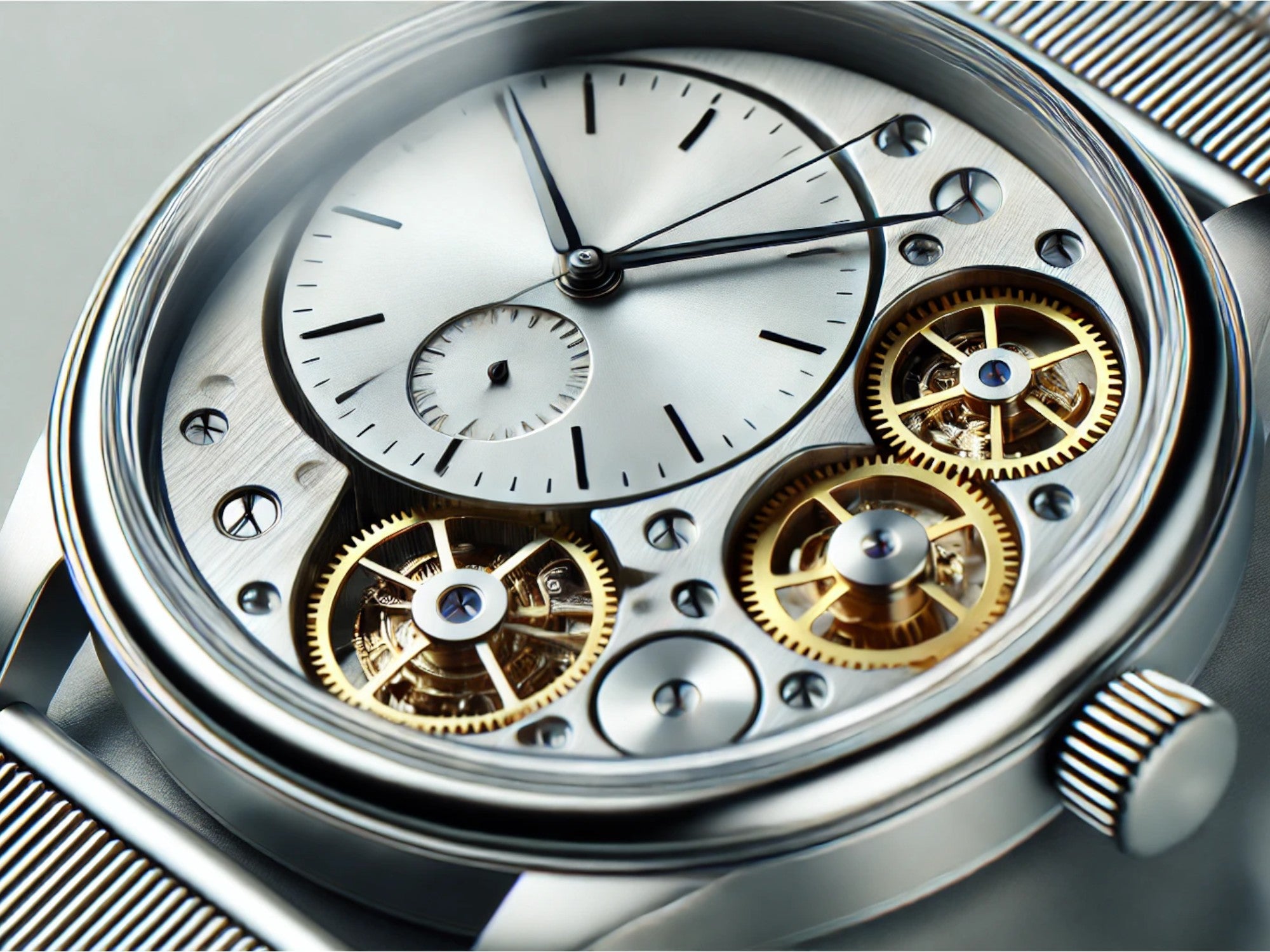
Watchmaking glossary: understand all the terms related to watches
Essential definitions in watchmaking
Have you seen a term on our site that you don't know? This comprehensive guide is designed to help you understand the complex world of watches. You will find a list of essential watchmaking terms, as well as terms specific to certain brands. Whether you are an enthusiast, a collector or a novice, this glossary will allow you to master the language of watchmaking.
HAS
Steel
Steel is a material widely used in watchmaking for its resistance to corrosion and its durability. It is used for cases and bracelets.
Needles
Hands indicate hours, minutes, and seconds on a watch face. Some watches also have hands dedicated to complications such as chronographs or time zones.
Alternations (A/h)
Vibrations per hour (A/h) is the number of complete oscillations made by the balance wheel of a watch. The higher this number, the more accurate the watch.
Amplitude
Maximum angle of oscillation of the balance wheel in a mechanical watch, directly influencing the accuracy of the movement.
Antimagnetic
An antimagnetic watch is designed to resist magnetic fields, which can disrupt the accuracy of a mechanical movement.
Automatic (Automatic watch)
An automatic watch is a type of mechanical watch that winds itself automatically by the movements of the wrist. It operates without a battery or regular manual winding.
Barb
The buckle is the metal part of a buckle that goes through the strap to hold it in place.
Arm
The action of winding the mainspring of a watch, whether manually or automatically.
Analog display
Traditional watch display using hands to indicate the time.
Digital display
A watch's display of numbers, often on an electronic screen.
B
Balance
The centerpiece of a mechanical watch, the balance wheel oscillates and regulates the movement of the watch. Its constant oscillation guarantees the regularity of time measurement.
Balance wheel
Regulating organ in a mechanical watch that oscillates back and forth, ensuring the precision of the movement.
Barrel
The barrel is a cylindrical component that houses the mainspring. It stores the energy needed to operate the watch.
Bezel
Outer ring surrounding the watch glass, often rotating for diving watches or chronographs. It is also known as a bezel.
Brushing
Matte finish obtained by passing a light abrasive over the metal, creating fine parallel lines. Used for steel cases and bracelets.
Monobloc housing
Watch case designed in one piece, ensuring increased water resistance.
Stop
The stop limits the movement of a watch's internal components to prevent excessive stress.
C
Caliber
Caliber is the name or number given to a watch movement, defining the specific type of mechanism used. For example, Seiko's Caliber 9S is famous for its precision and robustness.
Carat
A unit of measurement for the purity of gold and the weight of precious stones. For gold, a carat is equal to 1/24th of purity.
Complication
A complication is any additional function on a watch beyond the display of hours and minutes, such as a calendar, chronograph, or minute repeater.
Build
Side part of the watch case, surrounding the dial and lugs.
Chronograph
A complication for measuring specific time intervals, often with dedicated subdials.
Crown
The crown is the button used to wind the watch or set the time. It is usually located on the side of the case.
Calfskin
The material of choice for many watch straps, calfskin is soft, supple and durable.
D
Deployant
A deployment clasp is a type of clasp that folds back on itself. It provides additional security over traditional buckles.
DLC (Diamond-Like Carbon)
DLC is an extremely scratch-resistant coating applied to cases or bracelets to give them a black or shiny appearance.
Dual time zone
Complication allowing two different time zones to be displayed simultaneously.
E
Exhaust
The escapement mechanism controls the distribution of energy between the mainspring and the balance wheel, allowing the watch to measure time consistently.
Waterproofing
A feature of a watch that prevents water and dust from entering the inside of the case. Water resistance is measured in meters or ATM.
F
Box bottom
The case back is the rear part of the watch, which can be closed or transparent, sometimes offering a view of the movement.
Frequency
Number of oscillations of the balance wheel per second, influencing the accuracy of a watch.
Flyback
A chronograph function that allows you to reset and restart instantly without stopping the stopwatch.
G
GMT
A function that allows a second time zone to be read on a watch. GMT refers to Greenwich Mean Time, which is often used as a reference for the second time zone.
Ticket office
Small opening in the dial of a watch where information such as the date or day of the week appears.
Glidelock
Fine adjustment system for a bracelet allowing it to be adjusted in length without tools, very useful for diving watches.
L
Telescope
Ring surrounding the watch glass, often rotatable on diving watches or chronographs, used for time measurements or specific functions.
Lubrication
Application of a small amount of oil to the watch's workings to reduce friction and improve the longevity of the movement.
Luminova
Material used on hands and indexes to allow readability in the dark.
M
Movement
The movement is the internal mechanism of a watch that controls the operation of the hands and complications. There are three main types of movements: mechanical, automatic, and quartz.
Oscillating mass
Moving part of an automatic watch which turns around an axis to wind the mainspring using wrist movements.
Skeleton watch
A type of watch whose dial or case allows the internal components of the movement to be seen.
P
Beading
A decoration technique that involves applying small circular patterns to the surface of a watch to embellish the internal components.
Plexi
A type of plastic glass used for watches, less scratch resistant than sapphire but more economical.
PVD (Physical Vapor Deposition)
A coating process that allows extremely thin and resistant layers to be applied to watch cases.
Polishing
Process of making the surface of a metal shiny by removing scratches and imperfections.
Q
Quartz
A type of extremely precise watch movement, using a quartz crystal to regulate time using an electric current.
Annual calendar
Complication that requires only one correction per year for the date, due to the months of different lengths.
Perpetual calendar
More advanced complication that takes into account leap years and requires no correction until 2100.
R
Power reserve
The length of time a watch can continue to run after being fully wound. Some watches have power reserves of several days.
Ruby
Small synthetic stones used as bearings in a watch movement to reduce friction and increase longevity.
Escape wheel
Central part of the escapement which transmits regular impulses to the balance wheel to maintain the regularity of the movement.
S
Sapphire
Extremely scratch resistant watch glass, often used on high end watches.
Dead second
A watch function where the second hand stops momentarily before starting again, similar to the movement of a quartz watch.
Spiral
Component of the balance wheel of a mechanical watch, responsible for the regular oscillations which regulate the running of the watch.
Super-LumiNova
An improved version of Luminova, this luminescent material provides readability in the dark for modern watches.
T
Tachometer
Scale engraved on the bezel of a chronograph watch allowing the average speed to be measured over a given distance as a function of elapsed time.
Whirlwind
Complication that compensates for the effects of gravity on the movement to improve accuracy.
Titanium
Lightweight, corrosion-resistant and hypoallergenic metal, often used for sports or diving watches.
V
Hardlex glass
A type of hardened mineral glass used by Seiko, offering greater scratch resistance than regular glass but less than sapphire. Check out our blog post on the different types of watch glass to learn more about Hardlex glass.
Crown screwing
The screw-down crown is a safety mechanism that prevents water from entering the case, commonly used on diving watches.
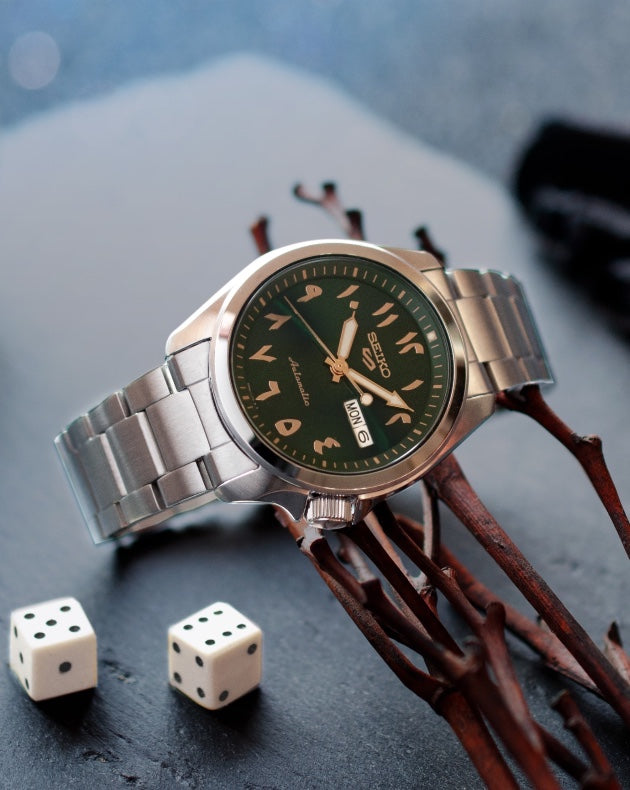
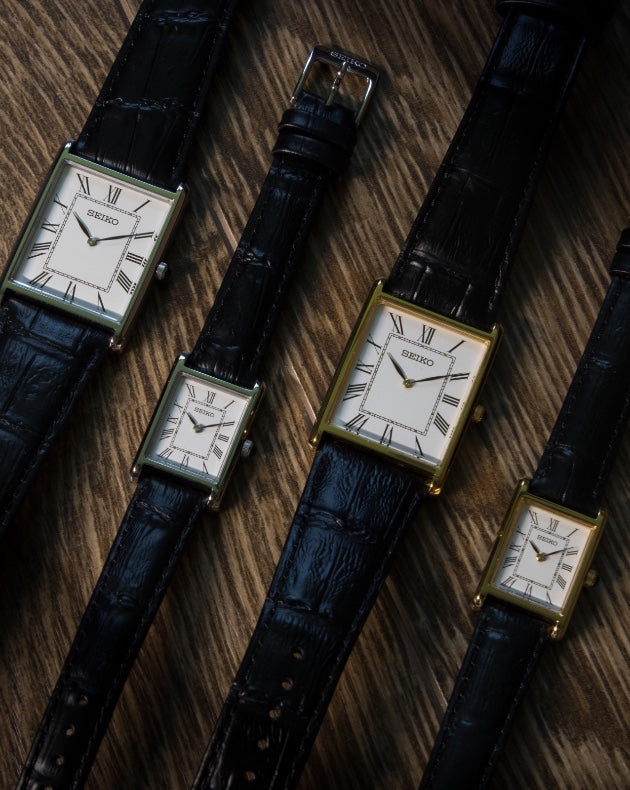
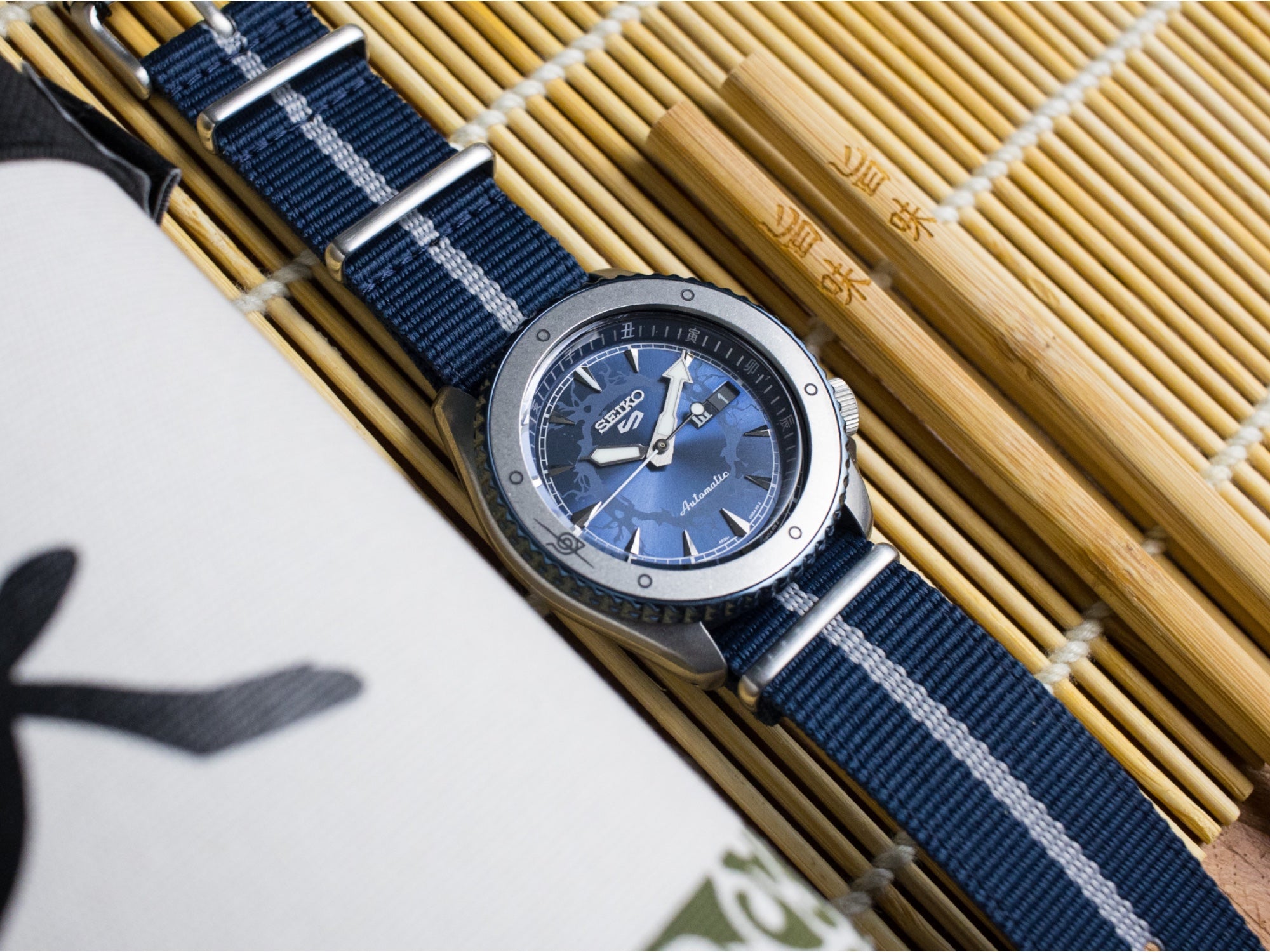
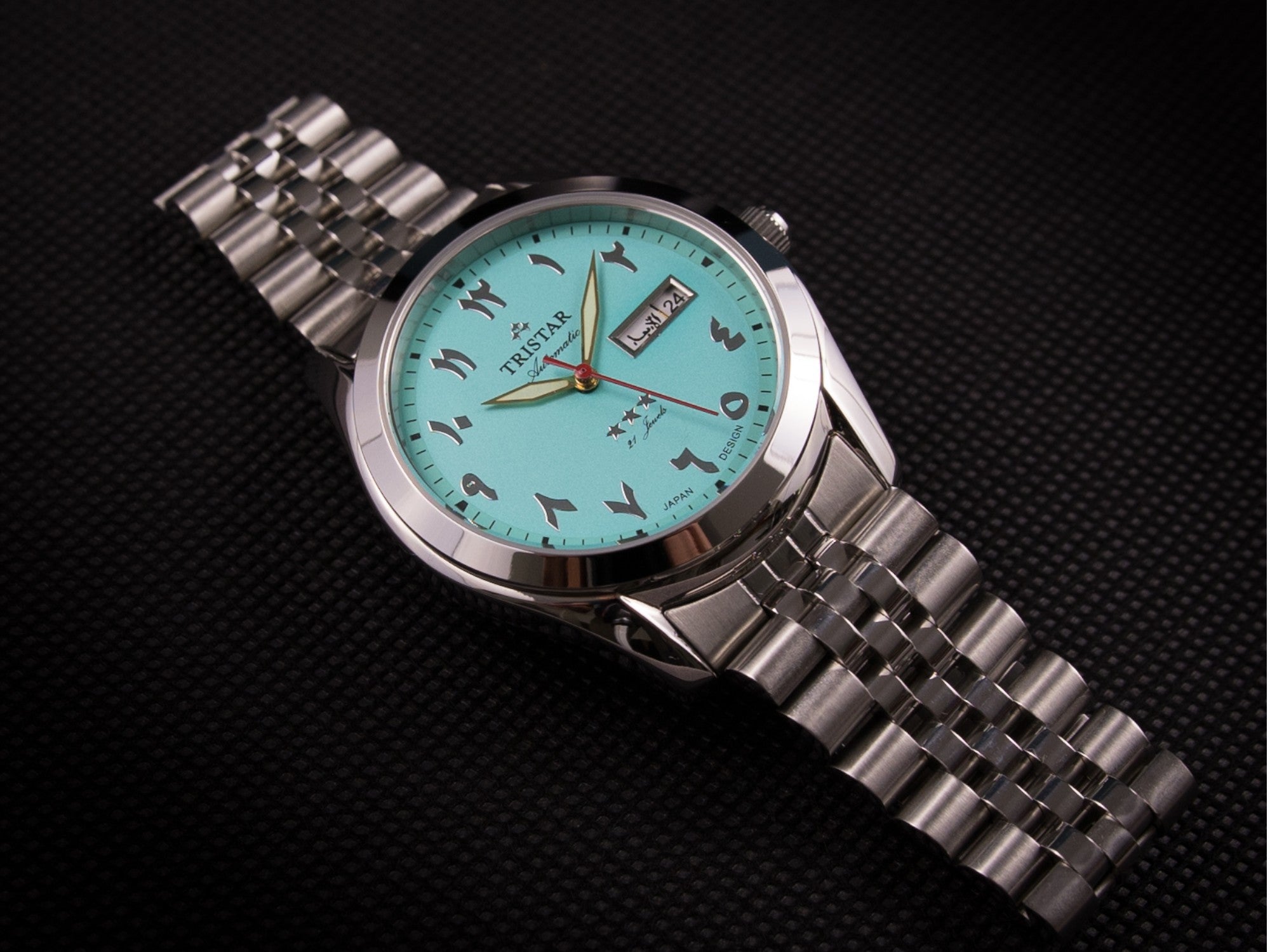
1 comment
Merci pour le glossaire mais je ne trouve nulle part l’explication d’une abréviation que nous pouvons trouver au dos de certaines montres en or, il s’agit des deux lettres( Ms ), si je lis convenablement au dos du boîtier dans la plupart des cas de figure plein .
Merci par avance de répondre et de m’ expliquer.
Cordialement.
Garmon
Leave a comment
This site is protected by hCaptcha and the hCaptcha Privacy Policy and Terms of Service apply.